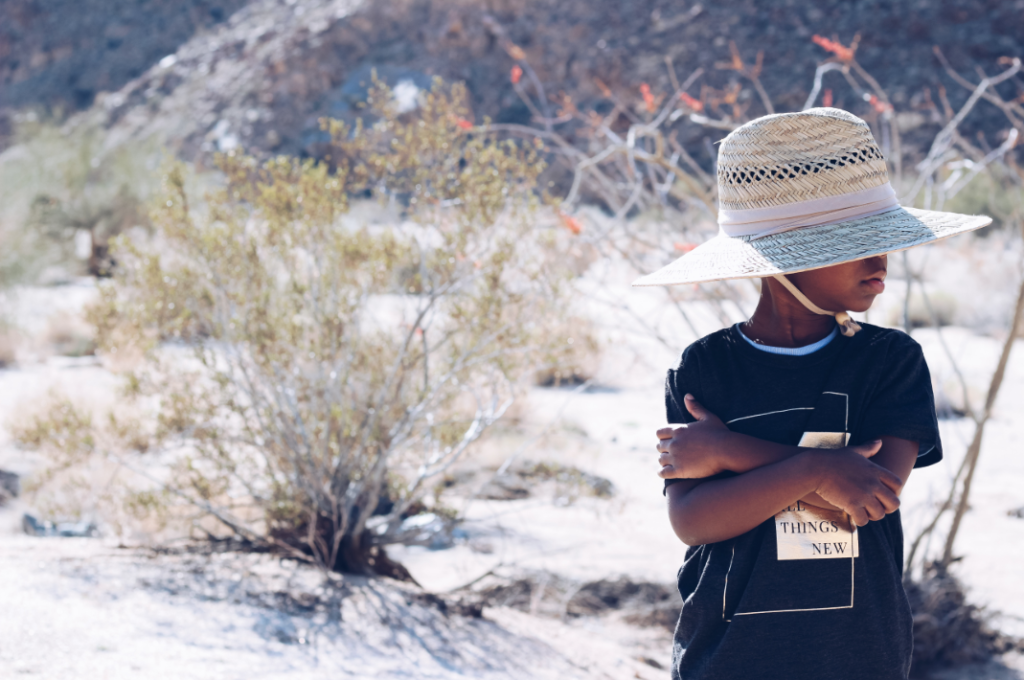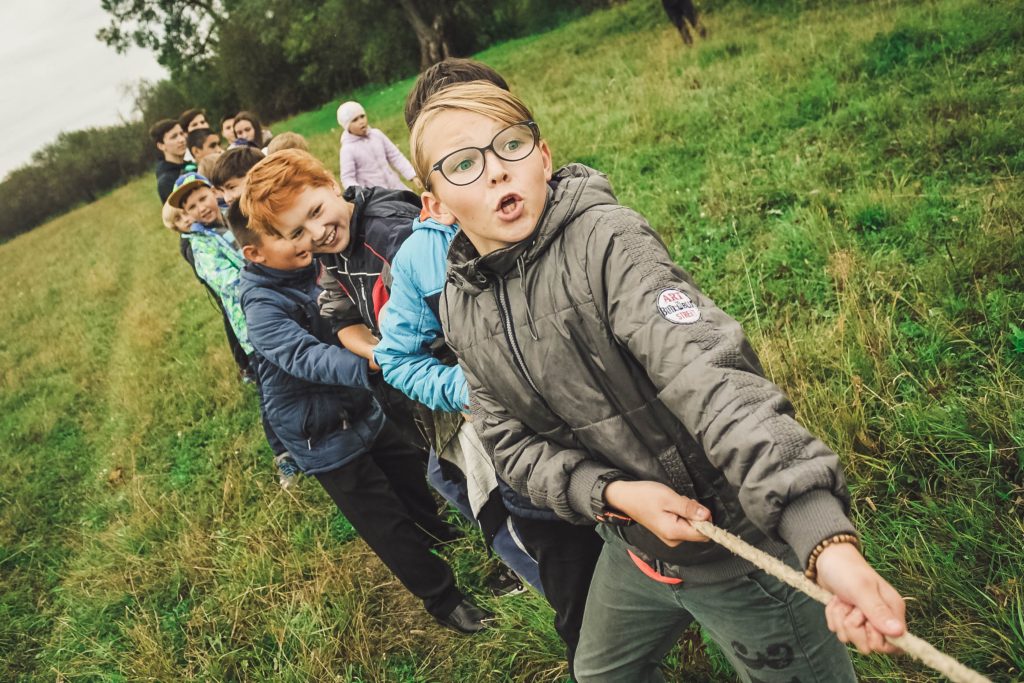Are you interested in building an outdoor program at your school, in your community, or within an existing organization? Consider these four steps a starter kit that will help you understand what it takes to develop curriculum, build partnerships, recruit participants, and launch a successful outdoor program.
DEVELOPING A CURRICULUM
Most programs begin with a great idea, but the most successful programs also begin with a lot of careful research and planning. To help in this process, we’ve created an After-School Programs / Adventure Club Introduction and Overview whose lessons can be generalized for other types of outdoor programming.
Here are some overall items to consider as you move from the idea phase into the action phase of your planning:
- What is your program’s mission? Understanding your driving force and major objectives will guide all other decisions. What will success look like at the end of your first year? One tool that can help with this part of the process is our Theory of Change Path.
- Who is your target audience? You will want to consider the geographic area you’ll cover, whether your program is gender-specific, whether you’re targeting any special populations, what age groups you want to serve, and other demographic factors.
- What activities will you offer? Once you understand your target audience and your overall objective with the program, you can begin to consider what types of activities can best serve your participants while adhering to your mission.
- How often will you offer programming? Some outdoor programs are one-off or held only a few times a year; others happen weekly or even daily. Deciding how often you want to engage participants will help direct your curriculum. Keep in mind that generally, your impact will be stronger with more frequent engagement.
- What organizations or other entities can make good partners? What other organizations serve your target audience? Which ones might offer funding, recruitment assistance, and other resources to help you accomplish your goals?
- Who will facilitate the program? Who will actually make your curriculum come to life? What roles will you need to fill to ensure your program runs smoothly, and what responsibilities fit within those roles? Can a partner organization help in this regard?
- Where will you hold the program? Do you already have a location in mind? Will you offer off-site programs?
- How will you fund your program? Will you seek grants, private donations, or funding from partner organizations?
BUILDING PARTNERSHIPS
The questions above will no doubt lead you to consider the benefits of working with a partner to implement your outdoor program. Partner organizations can offer a built-in audience of participants, funding options, physical space, and potential staff members, among other resources.
Research potential partners by considering your mission, audience, and geographic service area, then looking for organizations whose goals might best align with your own. Before reaching out, ensure you have all ducks in a row: know your general curriculum, calendar, target audience, staffing plan, recruitment plan, and other key details to give potential partners everything they need in order to properly consider this relationship. It’s also important to show that you not only understand their work and audience, but also see a clear path between the work you hope to do and what they’re already doing. Be ready to explore what a mutually beneficial partnership would look like, and be clear on your expectations from a partnership. The After-School Programs / Adventure Clubs Path features a template for how to present your overall plan to potential partners and community stakeholders.
RECRUITING PARTICIPANTS
You’ve worked hard to create an amazing outdoor program and find fantastic community partners – and now you’ll need to work extra hard to ensure your program has participants! As we mentioned earlier, one of the potential benefits of partnering with a community organization or school is that you’ll have somewhat of a built-in audience, along with mechanisms (i.e. classroom presentations, newsletters, student assemblies, etc.) for reaching potential participants. You may also want to post fliers, connect with local youth leaders, and speak directly with teachers to help spread the word. Social media is also an incredibly useful tool – here are some of our suggestions on maximizing the potential of digital media.
IMPLEMENTING YOUR PROGRAM
Now for the fun part – kicking off your outdoor program! Here are a few things to keep in mind that will help you develop best practices:
- Be as specific as you can about your intended curriculum; lesson plans with listed goals and objectives will help you stay organized and on target.
- Develop templates that will help you stay organized: sample calendars, lesson plan sheets, permission slips, waivers, and fliers are all good items to keep on hand. All of these templates are available on the TYO website via the two learning paths linked at the end of this post.
- Ensure that staff and participants alike have a clear understanding of the schedule and activities for each program session.
- Spend time reviewing your activities and outings to see if they met your objectives; consider what did and didn’t work as you plan future activities. Comprehensive tools for evaluating the impact of your program can be found in our Program Evaluation Path.
Looking for a bit more direction? TYO offers two learning paths filled with countless resources and templates that should prove helpful not only with implementing your final program, but with the entire process, soup to nuts: the After-School Programs / Adventure Clubs Path and the Developing Your Outdoor Program Model Path.



